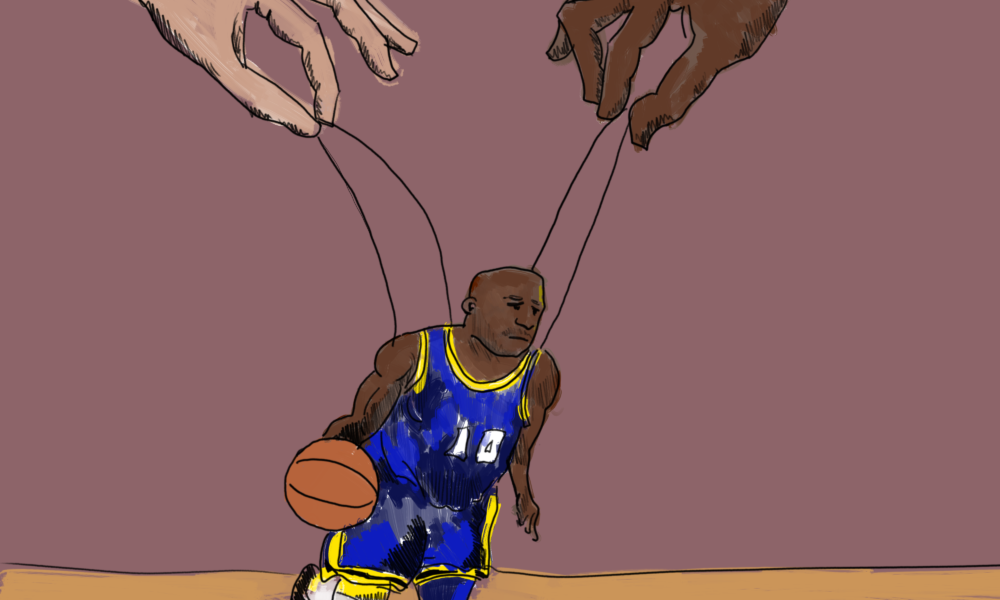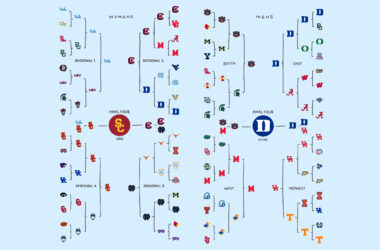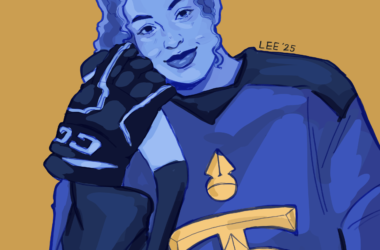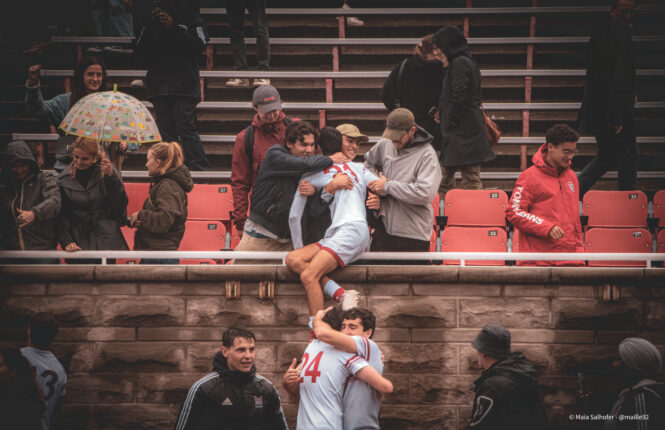In a move that sent shockwaves through the basketball world, the Los Angeles Lakers acquired Luka Dončić from the Dallas Mavericks in exchange for Anthony Davis on Feb. 1. The trade, which emerged seemingly out of nowhere, represents one of the most significant player movements in National Basketball Association (NBA) history and fundamentally alters the league’s power structure.
Behind the scenes, the trade was a masterclass in NBA deal-making. Mavericks General Manager Nico Harrison and Lakers General Manager Rob Pelinka orchestrated the deal with surgical precision and professionalism. Their ability to maintain complete secrecy until the trade’s completion—even keeping heavy hitters like LeBron James in the dark until the final moments—demonstrates how front-office relationships have transcended traditional market rivalries in modern sports franchises like the NBA.
Dallas’s pursuit of Davis indicates a clear prioritization of defensive excellence and organizational culture change. Davis is a five-time All-Defensive player, nine-time NBA All-Star, and two-time Olympic gold medallist. While Dončić’s offensive brilliance is indubitable—the five-time NBA All-Star ranks third in NBA history in career scoring average, behind only Michael Jordan and Wilt Chamberlain—the Mavericks’ concerns about his conditioning and long-term commitment to physical excellence ultimately drove this decision. It has been speculated that Mavericks brass was motivated to move on from Dončić because of ‘constant conditioning issues.’
At the end of the day, the Lakers have secured a successful future, with this trade representing both immediate impacts and long-term planning. In Dončić, the team is acquiring a generational talent entering his prime who can shoulder the offensive load alongside LeBron James while eventually becoming the face of the franchise. The move ensures the Lakers remain relevant in the post-LeBron era, though it creates immediate questions about their defensive structure without Davis.
Spectators should consider the media’s role in modern basketball, having analyzed the trade in awe. This trade exemplifies the rapidly evolving nature of NBA transactions, pioneered by the way sporting faculties are developing in the social media era. Although there is constant speculation about player movements, this Hollywood deal remained entirely secret from the media’s professionally invasive eye. This secrecy likely contributed to its successful completion, avoiding the public pressure and speculation that has derailed other high-profile trades such as Paul George and Russell Westbrook potentially moving to the Raptors in 2019.
The league-wide implications are glaring to both fans and pundits within the basketball world. The ripple effects of this trade will be felt throughout the NBA because it raises questions about team building in the modern game. Many have stopped to speculate about whether or not offensive brilliance alone is enough to build around, and how much personality and work ethic factor into player retention. The trade also highlights the growing influence of new ownership groups in reshaping traditional franchise dynamics, as evidenced by the Adelson family’s willingness to trade away the supposed cornerstone of Dallas’ franchise.
Looking ahead, as both teams adjust to their new realities, the success of this transaction will be judged not just by on-court performance, but by its impact on sustaining team culture long-term. The Mavericks are taking a gamble on the fact that Davis’ two-way excellence and professional approach will establish a new identity, while the Lakers are rolling the dice on Dončić’s otherworldly offensive talents maintaining their position among the NBA’s elite. The Lakers currently sit in fifth place in the Western Conference, while the Mavs sit in an underwhelming 11th. Both teams hope to reap the rewards of their shiny new toys as the hunt for NBA stardom continues for the rest of the season.









